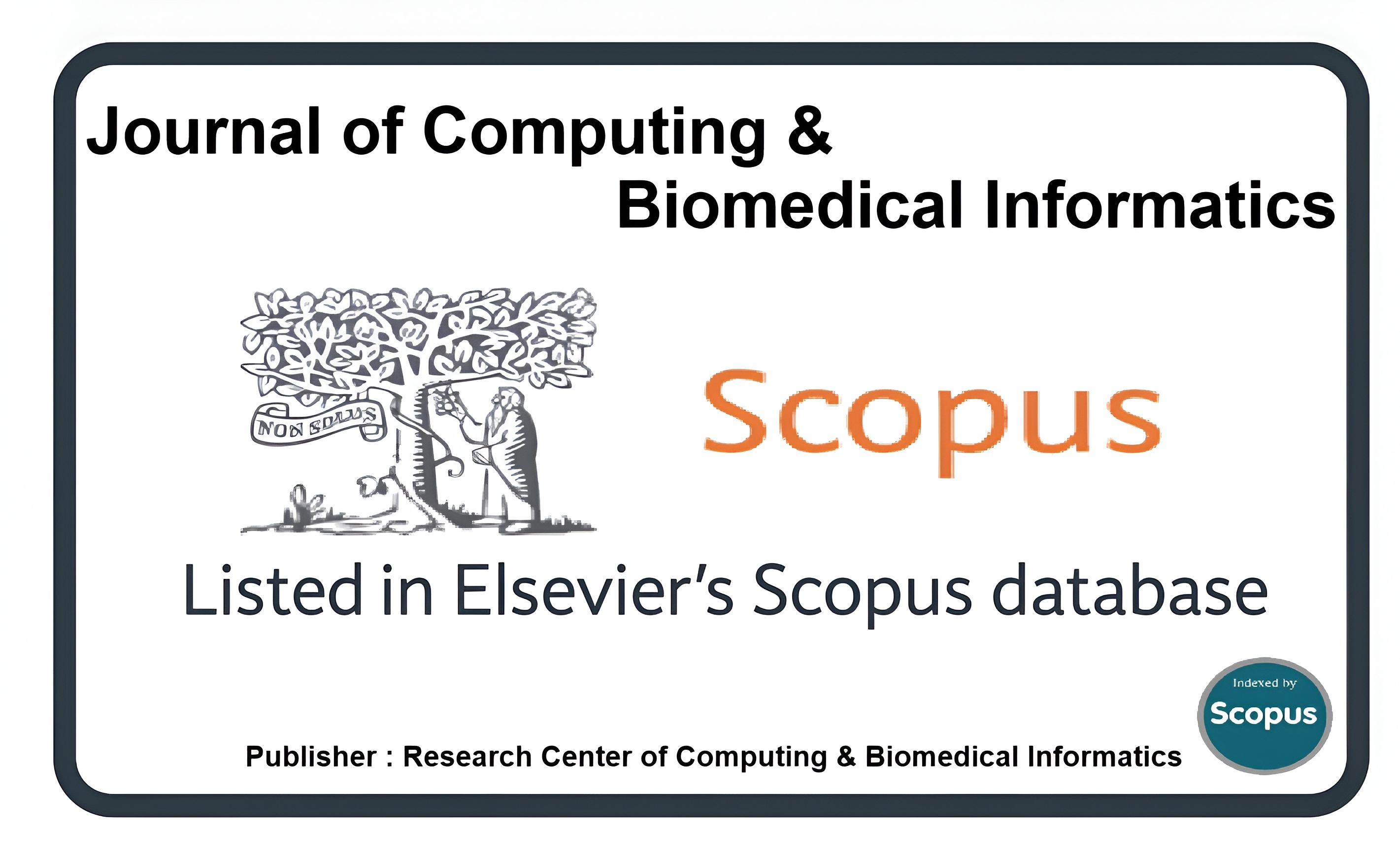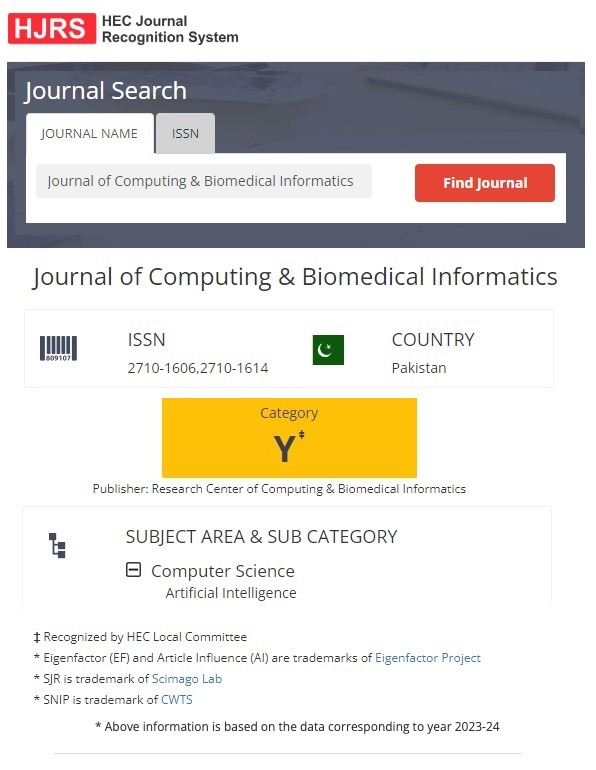Modified U-Net Model for Segmentation and Classification of Liver Cancer Using CT Images
Keywords:
liver cancer, segmentation, U-Net; classification, AlexNet, convolutional neural networkAbstract
Liver cancer is becoming more common worldwide, and precise and accurate tumor segmentation is required for early detection. However, segmenting tumors is extremely difficult due to their hazy borders, variability in appearance, sizes, and varying densities of liver tumors. In the domain of medical images, a multimedia-based system is an ultimate requirement. It is a primary need in the healthcare industry that is also necessary for patients and doctors to achieve quick and efficient results. Deep learning-based approaches are currently being used to improve performance in various domains. Preprocessing, augmentation, segmentation, and classification are the four stages of the proposed framework. Because deep learning methods perform well on large datasets, the effects are evaluated of data augmentation synthetically and then used the five times transformation technique to increase the number of training samples. This paper proposes a deep-learning method for segmenting liver tumors based on a modified U-Net model called the AU-Net model. This framework employs an AlexNet CNN-based architecture to classify liver tumors. As a result, the 3D-ircadb01 and LiTs datasets were used, which are freely available. On the 3D-ircadb01 and LiTs datasets, the proposed architecture gained accuracies of 97.6% and 98.45% for liver classification. The proposed architecture consistently produces the best and most accurate results compared to other state-of-the-art methods.
Downloads
Published
How to Cite
Issue
Section
License
This is an open Access Article published by Research Center of Computing & Biomedical Informatics (RCBI), Lahore, Pakistan under CCBY 4.0 International License





